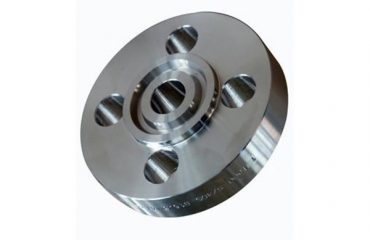
When choosing the best carbon steel flange for your application, there are several factors to consider in order to ensure optimal performance and reliability. Carbon steel flanges are commonly used in piping systems for connecting pipes or valves, and are available in various types and sizes to accommodate different pressure and temperature requirements. Here are some key considerations to keep in mind when selecting the right carbon steel flange for your needs:
Pressure and Temperature Ratings: One of the most important factors to consider when choosing a carbon steel flange is its pressure and temperature ratings. It is crucial to select a flange that can withstand the maximum pressure and temperature conditions in your piping system, in order to prevent leaks or failures. Be sure to check the ANSI/ASME standards for pressure-temperature ratings and select a flange that meets the requirements for your specific application.
Flange Type: Carbon steel flanges are available in various types, including weld neck, slip-on, blind, socket weld, and threaded flanges. Each type has different features and benefits, so it is important to choose the right type based on the design and requirements of your piping system. Weld neck flanges are commonly used in high-pressure applications, while slip-on flanges are easier to install and remove. Blind flanges are used to block off pipes or valves, while socket weld and threaded flanges are suitable for smaller pipe sizes.
Flange Size and Class: Another important consideration when choosing a carbon steel flange is the size and class rating. Flange sizes are typically designated by the nominal pipe size (NPS), while the class rating indicates the pressure-temperature rating of the flange. It is important to select a flange size and class that matches the pipe size and pressure requirements of your system, to ensure a proper fit and reliable performance.
Material and Coating: Carbon steel flanges are typically made from forged carbon steel material, with options for different grades such as ASTM A105, A350 LF2, or A694 F52/F60/F65. It is important to choose a flange material that is compatible with the piping system and the type of fluid being conveyed. Additionally, consider the need for corrosion resistance and select a flange with a suitable coating or plating, such as galvanized, epoxy, or zinc plating, to protect against rust and corrosion.
Flange Standards and Specifications: When selecting a carbon steel flange, it is essential to ensure that it meets the relevant industry standards and specifications, such as ANSI/ASME B16.5, B16.47, or MSS-SP-44. These standards define the dimensions, materials, and testing requirements for flanges, in order to ensure quality and consistency in design and performance. Be sure to check the applicable standards and specifications for your specific application and choose a flange that complies with these requirements.
 Language
Language Espanol
Espanol English
English Italian
Italian عربى
عربى
 Skype: chinamaker99
Skype: chinamaker99  Tel: 86-316-5120812
Tel: 86-316-5120812 Email:
Email:  Whatsapp:
Whatsapp: 
